Planning Pays Off: 5 Strategies to Get the Most Out of Your Delivery Speed Choice
September 23, 2024
5 min read
Introduction
Struggling to keep up with the surge of customer inquiries on WhatsApp? You’re not alone. In fact, 82% of businesses find AI-integrated conversational marketing systems invaluable for boosting sales and marketing efforts.
In our fast-paced digital age, instant messaging platforms like WhatsApp have become essential communication channels for both businesses and customers. With over 2 billion monthly active users, WhatsApp provides a unique opportunity to engage with your audience on a massive scale.
So, how can you effectively manage and optimize numerous interactions on this platform? The solution is straightforward: implement a WhatsApp chatbot for your business.
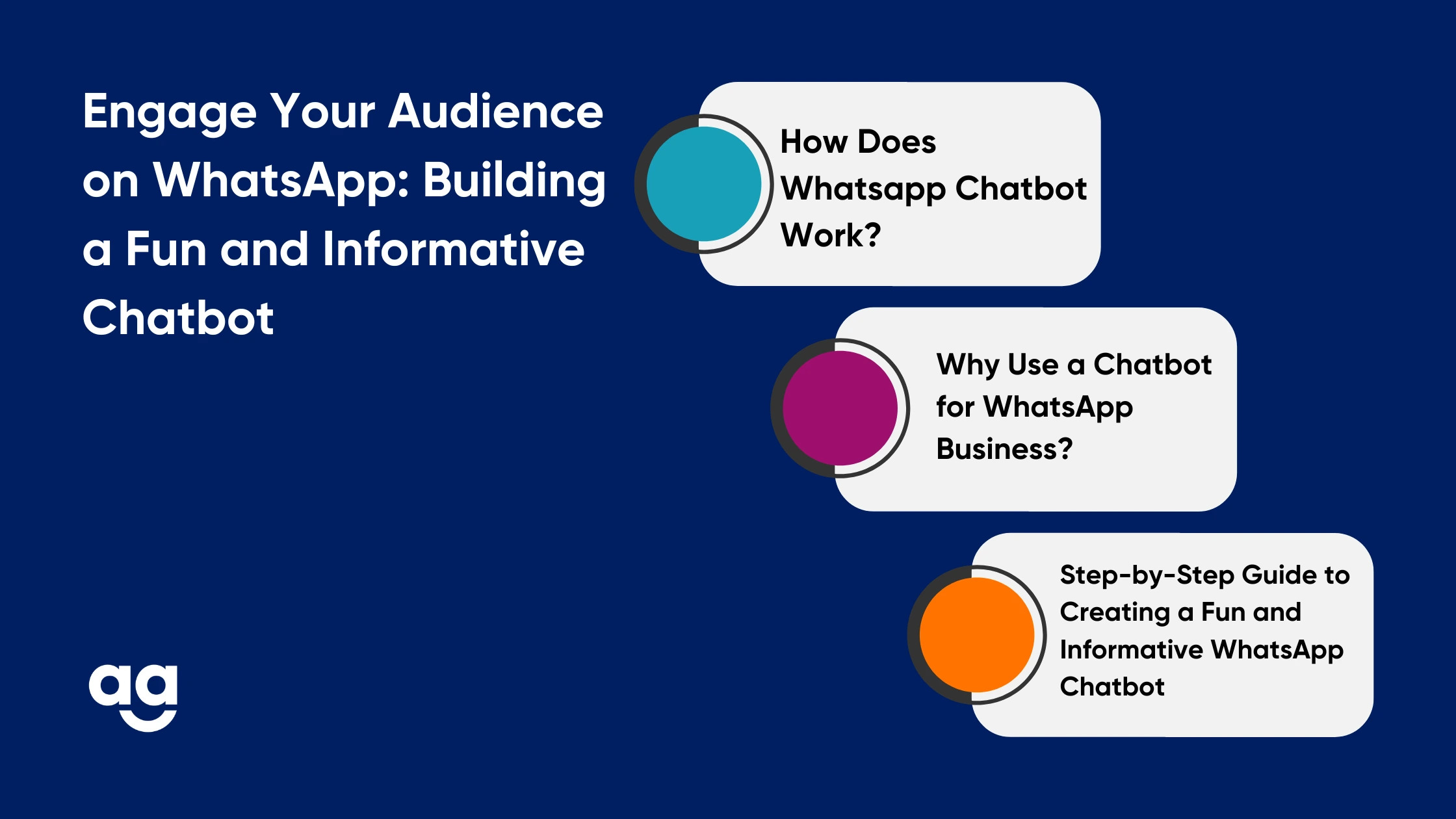
How Does Whatsapp Chatbot Work?
A WhatsApp chatbot is an AI conversing application that helps engage users through the WhatsApp messaging platform. It uses AI and natural language processing to analyze queries and respond to the most appropriate input.
Such chatbots can assist with almost any activity, starting with the answering of frequently asked questions and ending with the processing of orders and provision of customer support.
Why Use a Chatbot for WhatsApp Business?
Implementing a chatbot WhatsApp solution offers numerous benefits for businesses:
- 24/7 Availability: Self-service through chatbots can address customer queries anytime and actually provide round-the-clock support.
- Cost Efficiency: Since the use of chatbots eliminates or minimizes the amount of work done by live personnel in the processing of frequently asked queries, the expenses are cut/kept to a minimum.
- Instant Responses: WhatsApp chatbots are on-demand, meaning that they reduce the time spent waiting for customer service, thus enhancing clients’ satisfaction.
- Scalability: They can engage in several different interactions at once, which allows businesses to effectively manage large numbers of incoming requests.
- Data Collection: Chatbots can also be used to collect customer data and information, which is beneficial in enhancing the product/service offerings within an enterprise.
Survey reports reveal that 24% of companies that add chatbots see improved customer satisfaction. This makes it necessary and, hence, easier for consumers to approve the use of chatbots in the service provision formula.
Step-by-Step Guide to Creating a Fun and Informative WhatsApp Chatbot
Below is the step-by-step guide for creating a fun and informative WhatsApp Chatbot:
- Define Your Objectives: Determine the purpose of your chatbot implementation, that is, what objectives are most important for your business (it can be customer support, lead generation, order processing, etc.)
- Choose a Chatbot Platform: Select a platform that integrates well with the WhatsApp Business API. Consider factors like ease of use, customization options, and analytics capabilities.
- Design Your Chatbot Flow: Create a conversational flow that guides users through their inquiries. Make sure to include interactive elements like buttons and quick replies to make the experience engaging.
- Craft Engaging Content: Write clear, concise messages that align with your brand voice. Also, use a mix of text, images, and emojis to keep the conversation lively.
- Implement Natural Language Processing: Train your chatbot to understand and respond to various user inputs. It also continuously refines its language-understanding capabilities.
- Launch and Monitor: Deploy your chatbot and closely monitor its performance. Track user interactions and gather insights to enhance its functionality continually. Regularly assess performance metrics to identify areas for improvement and ensure the chatbot effectively meets your business goals.
Conclusion
Adhering to the mentioned steps and adjusting the chatbot’s performance accordingly will guarantee customers a spectacular experience and help your business stand out in the rapidly growing field of digital companies.
On this note, with Shipyaari Delta, you can elevate every WhatsApp interaction into a growth opportunity through features like broadcasts, catalogs, chatbots, multi-agent live chats, and more.
Experience the difference today!
Frequently Asked Questions
When selecting a platform for your chatbot, take into account factors like ease of use, WhatsApp Business API connectivity possibilities, customization options, and analytics tools. Choosing a platform that aligns with your business goals will help you develop a chatbot that is more successful and engaging.
Key steps include:
- Defining your chatbot’s objectives.
- Choosing the right platform.
- Designing a conversational flow with interactive elements.
- Crafting engaging content that reflects your brand voice.
- Implementing natural language processing for better user understanding.
- Conducting thorough testing before launch.
Chatbots handle routine queries and tasks, reducing the need for extensive live personnel involvement and lowering overall operational costs. They can also effectively handle several interactions at once, which reduces wait times and increases productivity.
To determine how effective your WhatsApp chatbot is, monitor key performance indicators like customer satisfaction scores, response accuracy, user engagement rates, and the decline in support tickets.
Analyze the data collected by the chatbot to assess its impact on lead generation, sales conversions, and overall operational efficiency. Regularly reviewing these figures will help you enhance and maximize the chatbot’s capabilities.
Suggested Reads
Hyperlocal Personalization: Tailoring Experiences for Local Customers
Introduction The eCommerce industry in India has witnessed a rapid growth of hyperlocal services in
Continue ReadingDec






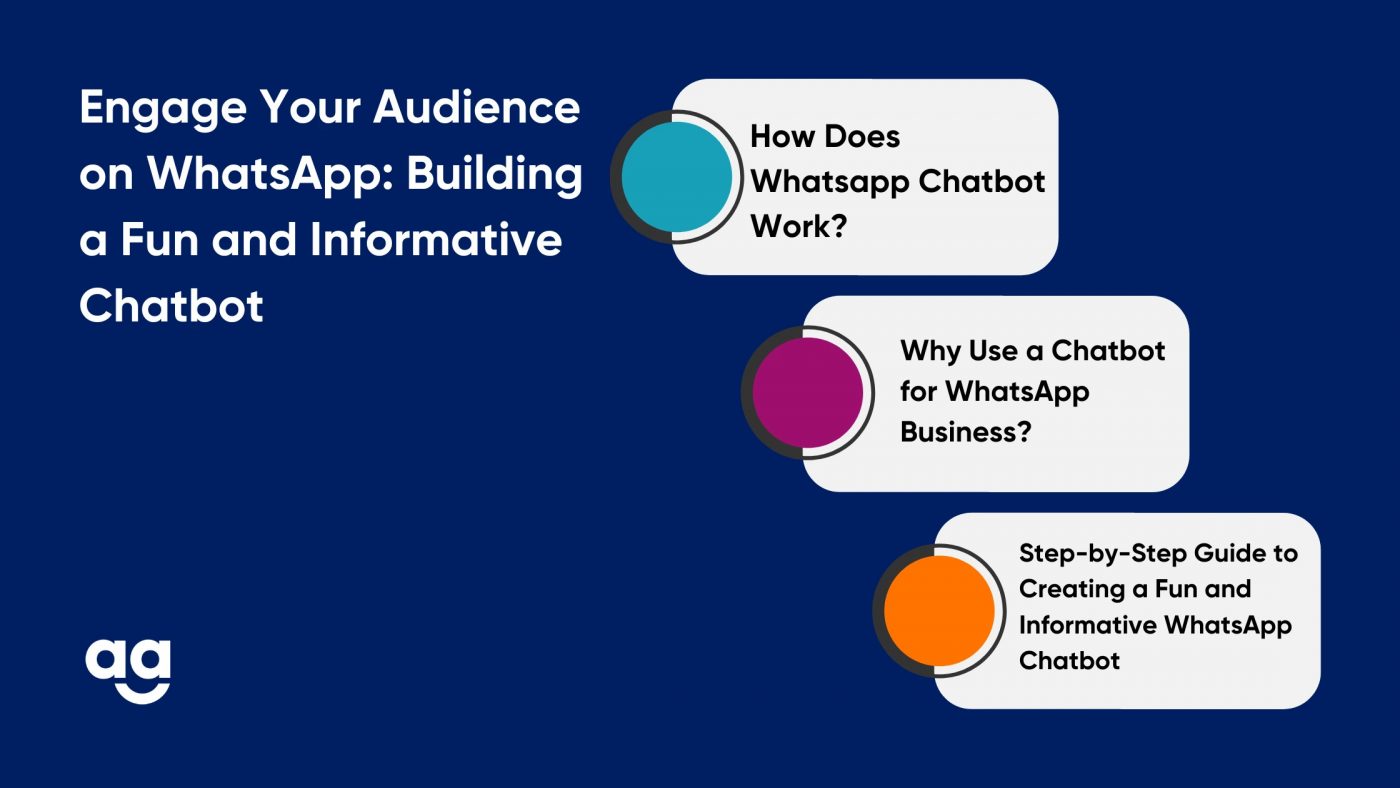


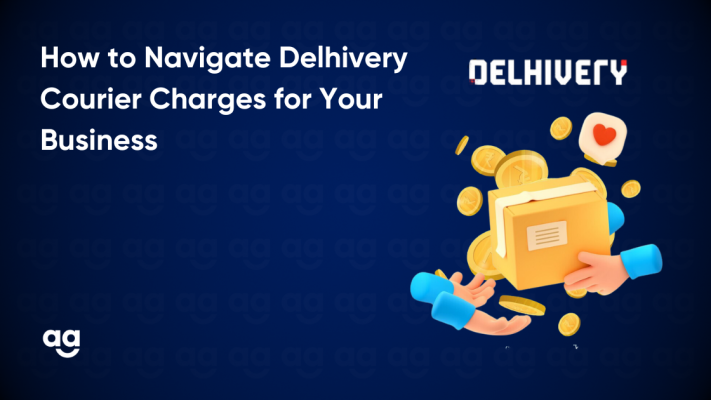
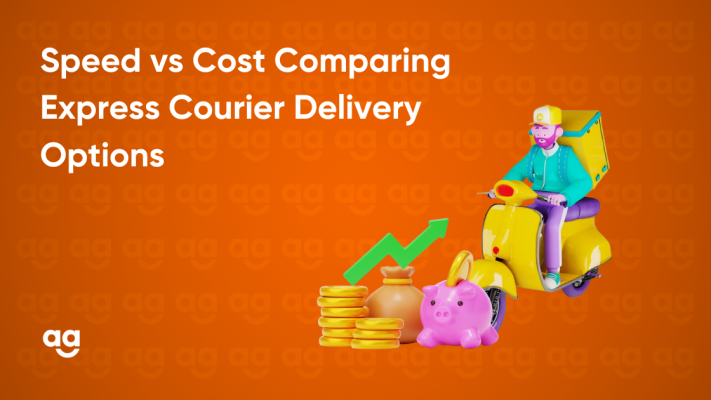

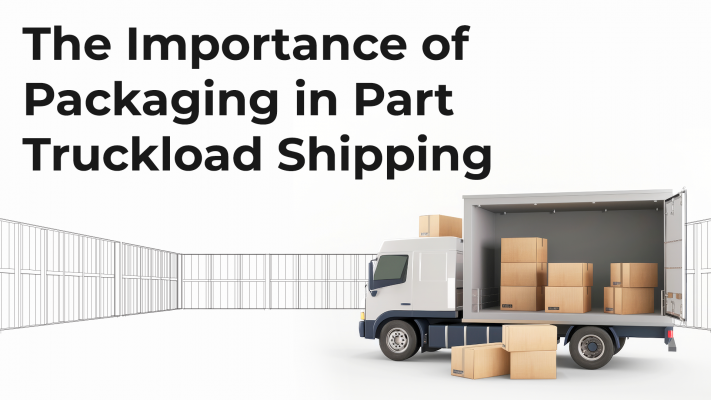

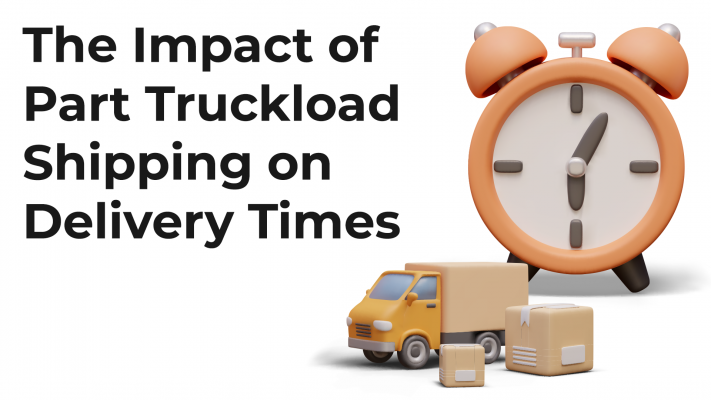
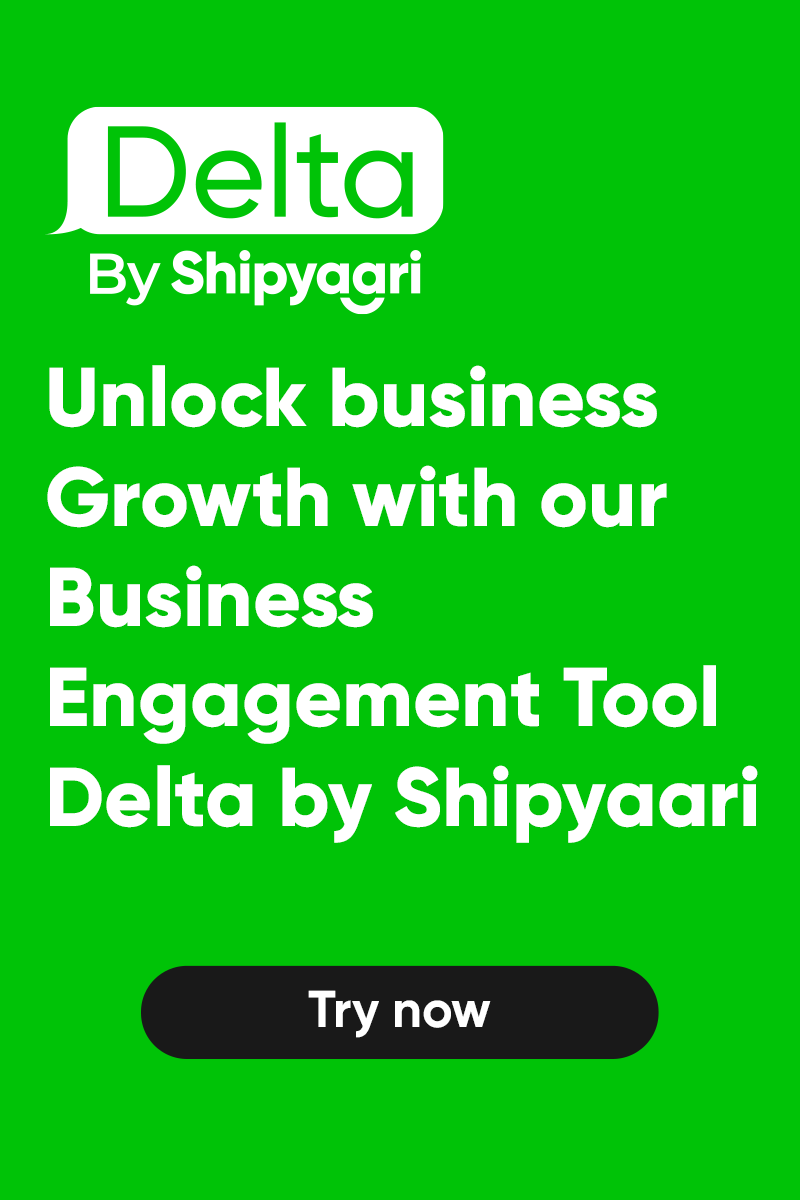
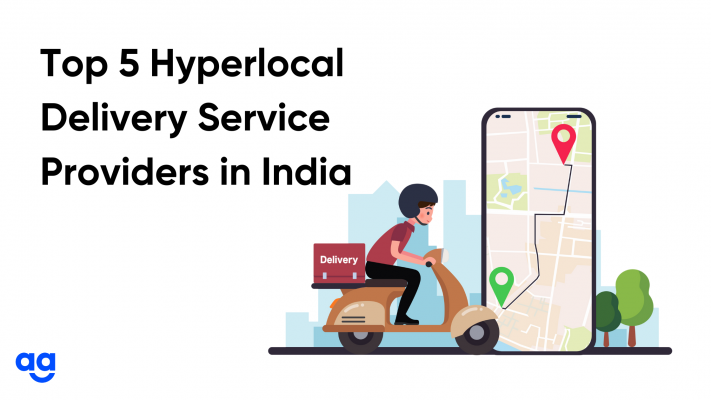
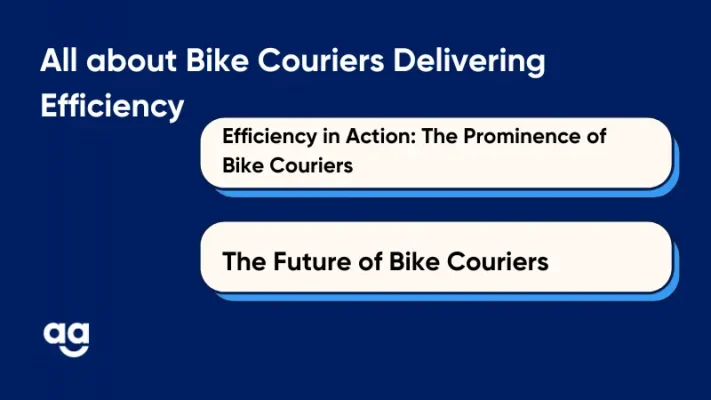
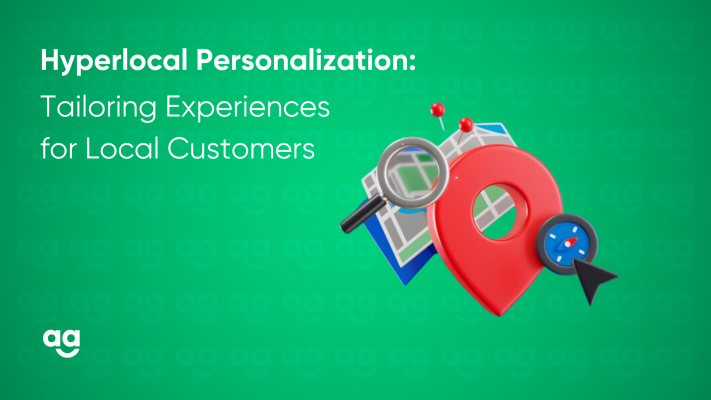
 Shipping
Shipping







